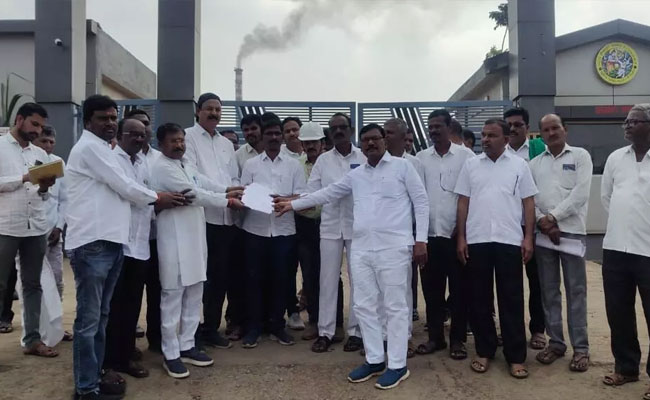Al Khobar: Kids Hut Montessori School organized its annual sports event, Twinkle Track, at the Orbits Pioneers Sports Ground in Aziziya, Al Khobar. The event was inaugurated by Hisham Sheikh, captain of the Saudi International Cricket Team, who encouraged parents to foster their children’s interests in both sports and academics, highlighting the values of teamwork and dedication.
Imran Rashid Karkala, President of the Eastern Zone Cricket Association, addressed the gathering, sharing insights about Saudi Arabia’s international cricket team to inspire the young participants. Other notable guests included Muhammad Iqbal, former headmistress Taskeen Tamanna, Kids Hut Principal Sakina Arif, and Academic Counselor A.M., with Arif Jokatte delivering words of encouragement.
The event opened with a recitation of the Quran by student Ishan Ajmal, followed by a program introduction by teacher Tazneem. Head teacher Vijila Sanju and teachers Sajna Sabib and Ashura Saath also contributed to organizing the activities.
The program featured a colorful procession and a dance performance by the students, along with a range of sports activities designed for the young attendees. Naira Abbas and Ayesha Ajwa stood out as champions in the event, and all participants were presented with awards to celebrate their efforts.
Let the Truth be known. If you read VB and like VB, please be a VB Supporter and Help us deliver the Truth to one and all.
Kalaburagi: Members of the Karnataka Prantha Raitha Sangha (KPRS) and the Taluk Raitha Hitarakshana Samiti protested outside the Siddasiri Ethanol Power Unit in Chincholi, demanding appropriate minimum support price (MSP) to sugarcane farmers in Chincholi.
Pointing out that it was decided at the meeting chaired by District In-charge Minister Priyank Kharge on November 15 to provide farmers an MSP of Rs 2,950 per tonne of sugarcane with an additional Rs 50 as support price from sugar factory owners, the protesting farmers also demanded that the decision be implemented.
“The Siddasiri sugar factory owner has violated the agreement by paying each farmer only Rs 2,550,” the farmers have alleged.
President of the KPRS Kalaburagi District Unit Sharanabasappa Mamashetti said, “When he opened the factory, legislator Basanagouda Patil Yatnal had assured that the factory would pay farmers in Kalaburagi an additional Rs 100, but has failed to live up to the word.”
The protesting farmers have demanded that the authorities concerned give priority to sugarcane farmers of Chincholi and Kalagi taluks to support the sugarcane crop. “Also, the factories should employ local youngsters and due measures should be taken to ensure the safety of the drivers of sugarcane transport vehicles,” they said.
They also handed their memorandum to Tahsildar Subbanna Jamakhandi and Power Ethanol Unit General Manager Dayananda Banagara.
The Tahsildar has assured that a meeting with the sugar factory owners would be held to discuss the issues raised by the farmers.





